| IUCN |
|
IUCN
The International Union for Conservation of Nature (IUCN) IUCN provides public, private and non-governmental organisations with the knowledge, tools and projects that enable societies, economies and nature to thrive together. These include data, assessments and analysis, trusted standards, neutral convening fora, and capacity-building resources. The Union generates data through application of these standards, yielding knowledge products such as the IUCN Red List of Threatened Species, the World Database of Key Biodiversity Areas, the IUCN Global Ecosystem Typology and Protected Planet. These in turn allow the production of derived metrics such as the Species Threat Abatement and Restoration metric and indicators such as the Red List Index. 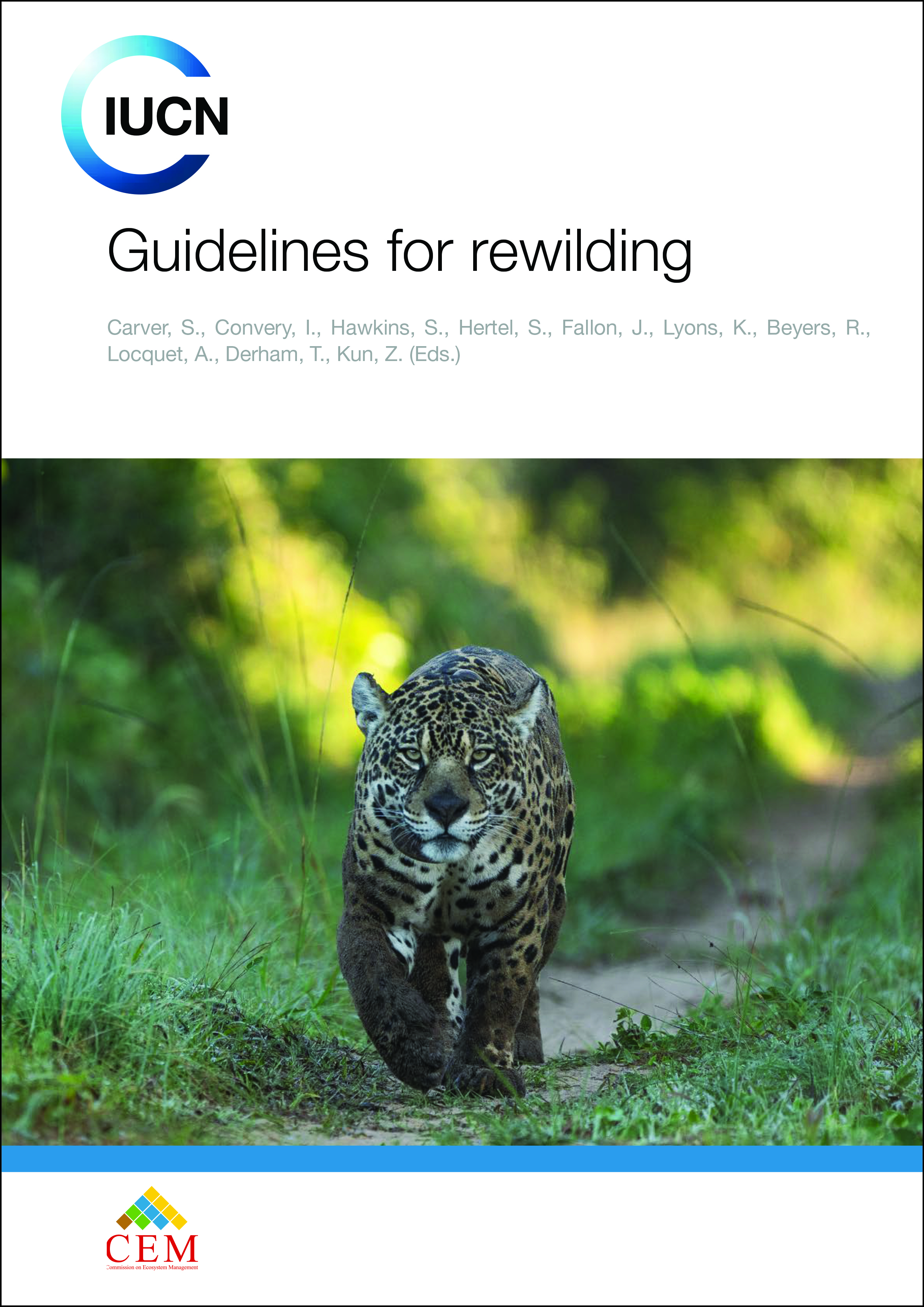 Guidelines for Rewilding
These guidelines offer both a call for change and general guidance for users. The following five guidelines, adapted from the ten guiding principles for rewilding (Carver et al., 2021), provide a foundation for understanding and taking action to prevent further losses in nature, promote the recovery of biodiversity, and support the restoration of ecological integrity. 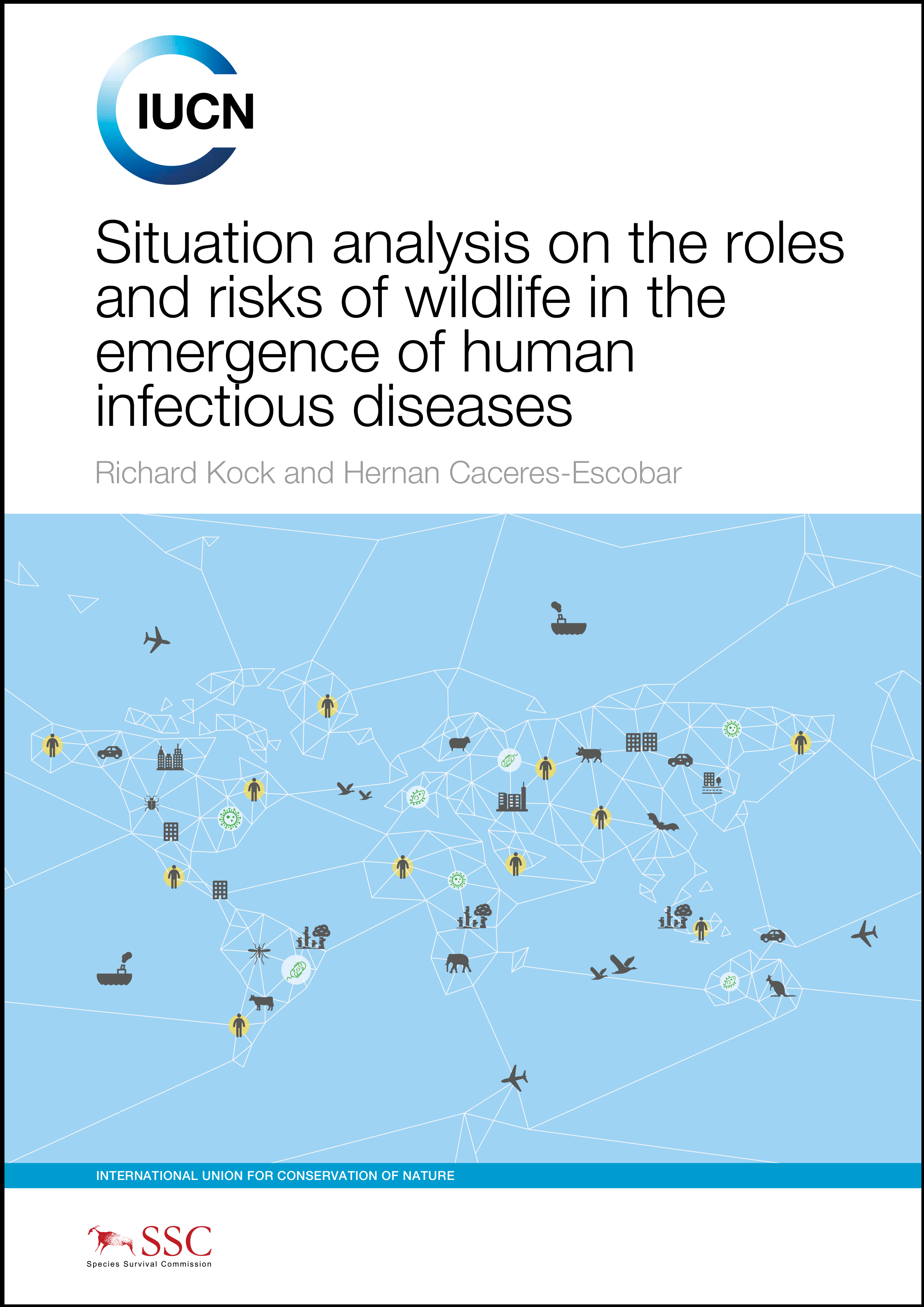 Situation analysis on the roles and risks of wildlife in the emergence of human infectious diseases
This situation analysis presents a thorough, evidence-based examination of the relationship between wildlife and zoonosis, wildlife and emerging human pathogens and associated diseases, their origins, drivers, and risk factors. The report highlights key knowledge, and provides perspective on where research, policy, interventions, and capacity building are needed to reduce risks of zoonoses and emergent animal-origin human diseases globally. 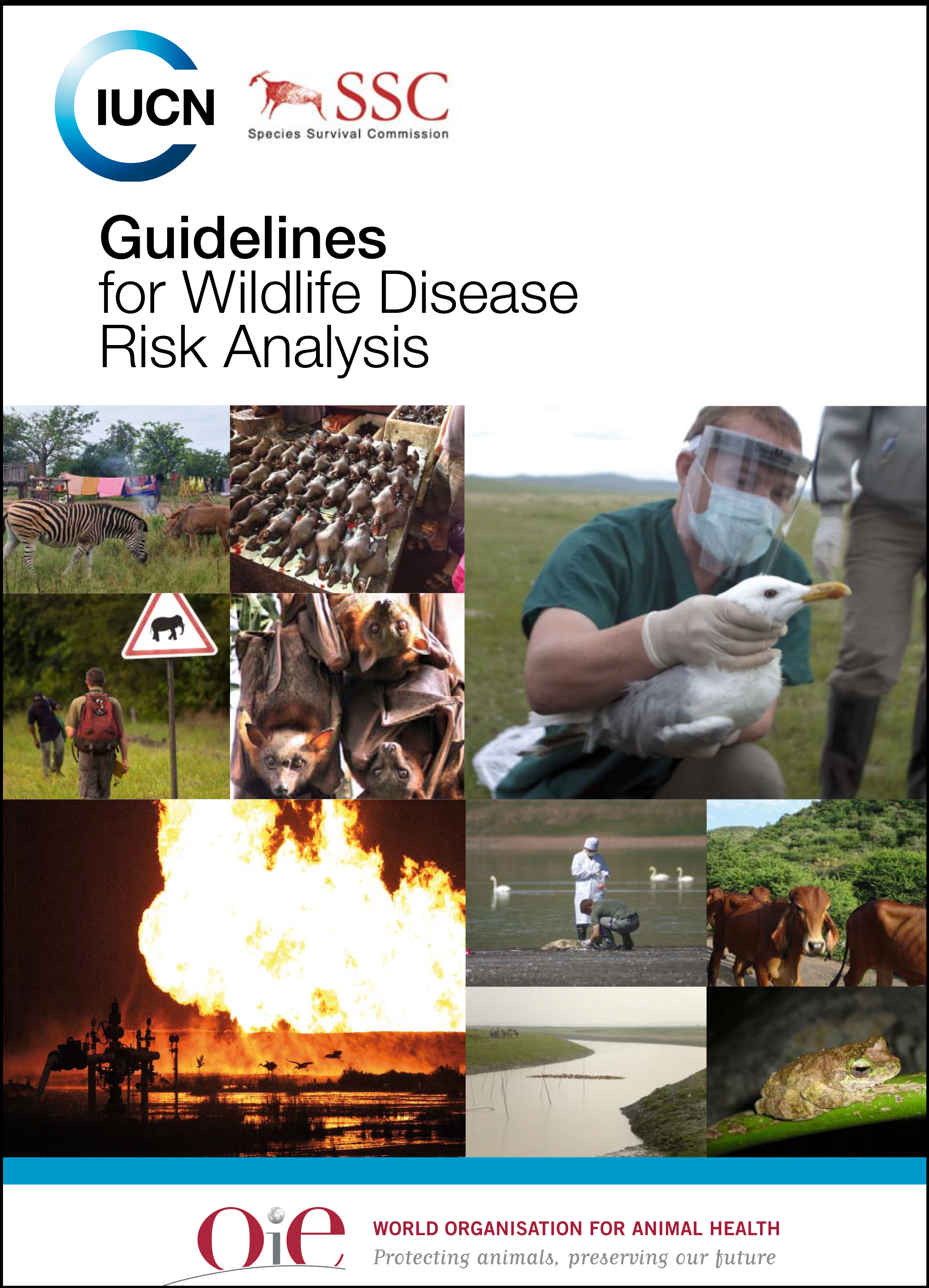 Guidelines for wildlife disease risk analysis
This IUCN-OIE publication provides an overview of the science-based processes and tools available for wildlife disease risk analysis and their application to a broad range of contemporary issues, including human-wildlife interactions, domestic animal-wildlife interactions and the impacts of massive ecological change on biodiversity conservation. 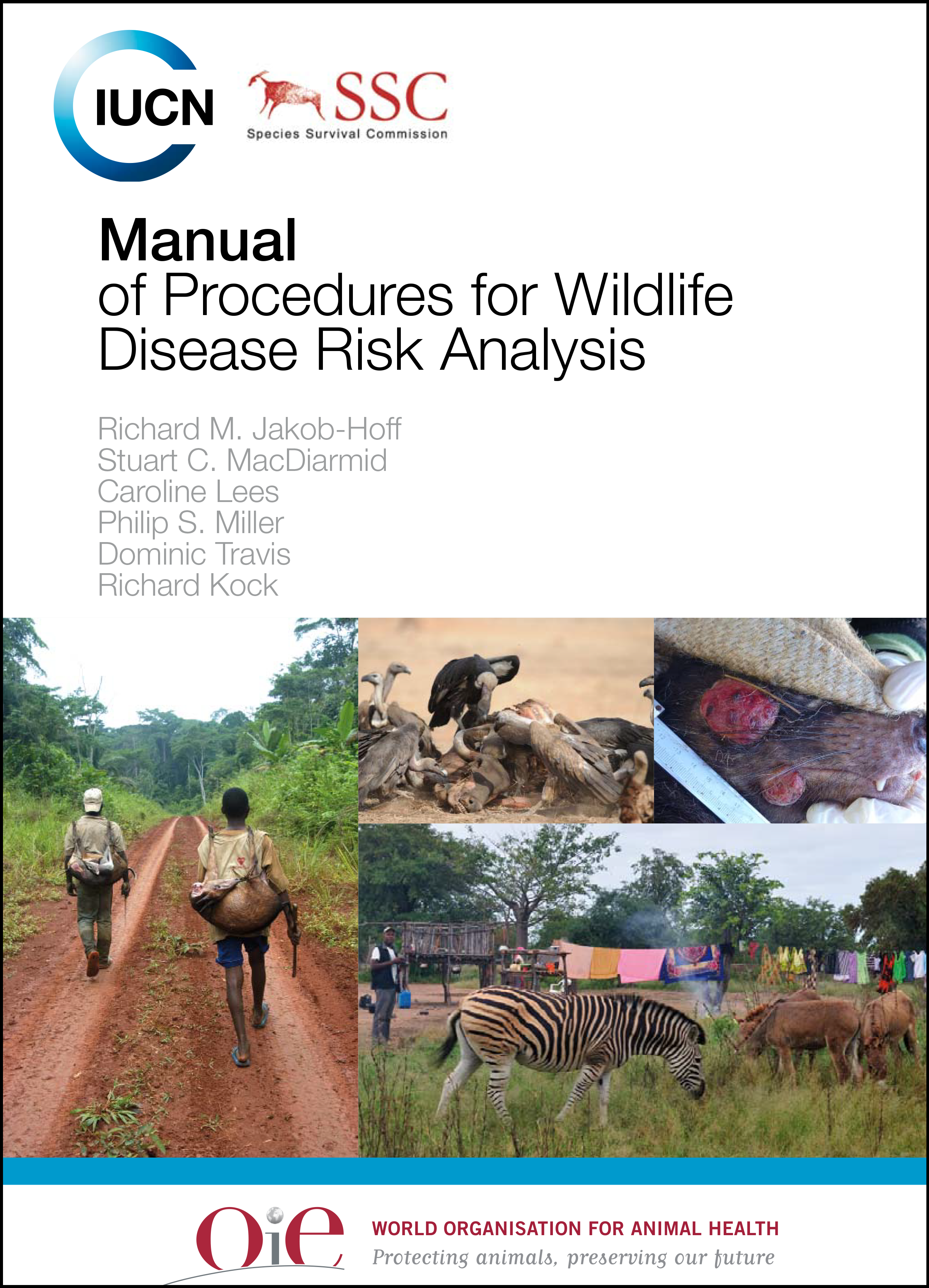 Manual of procedures for wildlife disease risk analysis
This IUCN–OIE publication provides a ‘how-to’ guide that will be useful to the growing and diverse range of professionals involved in assessment and management of wildlife-associated disease risk scenarios.  Planet on the move
Our living planet is and has always been on the move. Many species move in search of necessities such as food, water, shelter, reproduction, and safety. In some cases, movements are an adaptive response to environmental stresses and shocks; in other cases, environmental change, whether land degradation, climate change or other forms, may add to other drivers of migration. 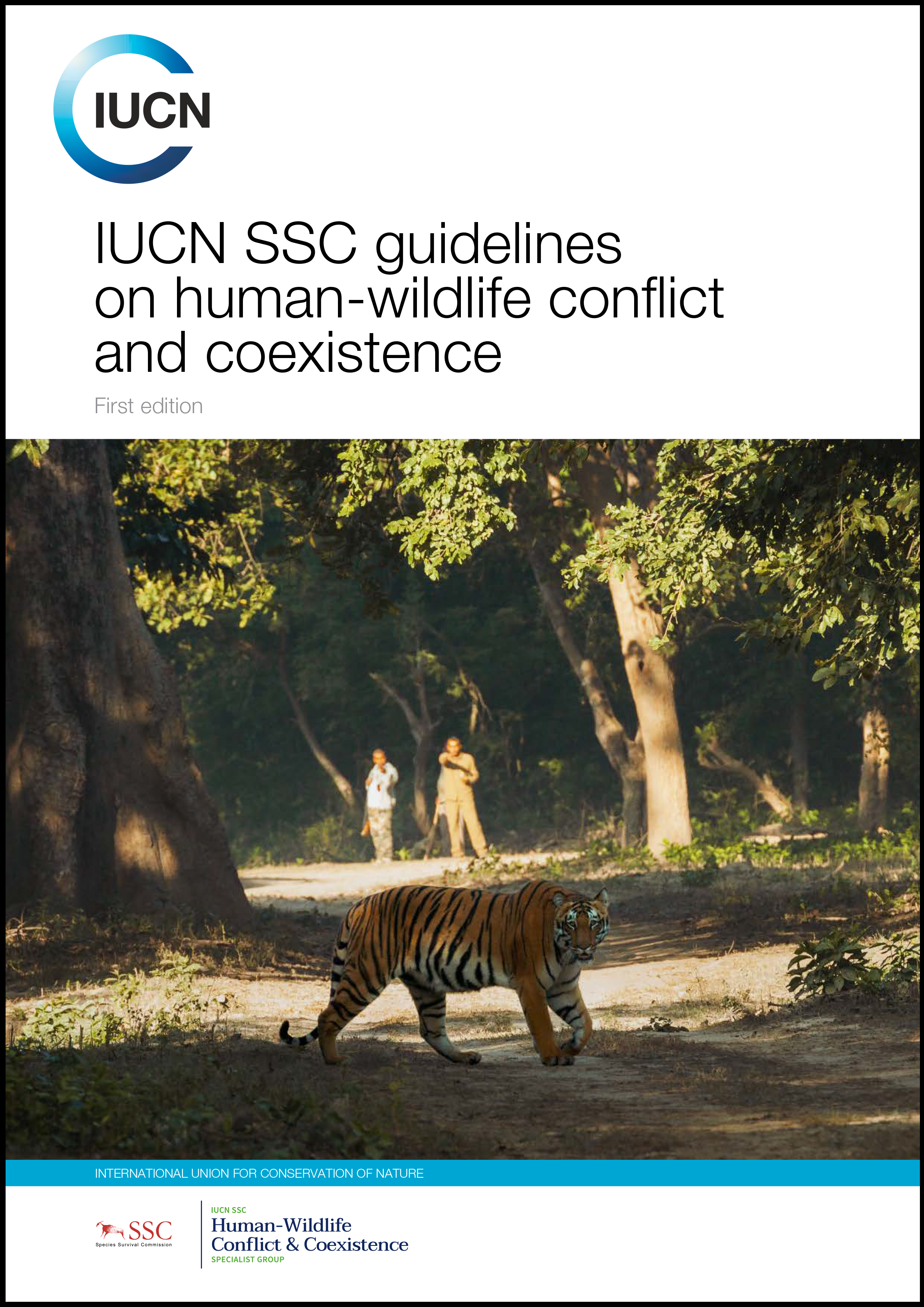 IUCN SSC Guidelines on human-wildlife conflict and co-existence: first edition
As human-wildlife conflicts become more frequent, serious and widespread worldwide, they are notoriously challenging to resolve, and many efforts to address these conflicts struggle to make progress. These Guidelines provide an essential guide to understanding and resolving human-wildlife conflict.  Wildlife and power lines
Given the vital role of power lines for social development, the rapid spread of such infrastructure worldwide and the fact that power lines can be one of the main causes of direct mortality for several species of birds and other wildlife, including mammals, it is essential to have suitable tools to ensure that these lines are built and maintained in accordance with environmentally friendly principles, and that priority is given to avoiding and reducing negative impacts. This manual is intended to be a technical guide for use by all stakeholders, from companies and businesses in the energy sector to authorities and government planners, investors and civil society. It contains recommendations and standard good practices for avoiding the adverse effects of new power lines and managing risks early in the process, so as to ensure that infrastructure expansion takes account of biodiversity in the spatial planning and early project implementation phases, when they will be most effective. It also contains case studies from around the globe.
|